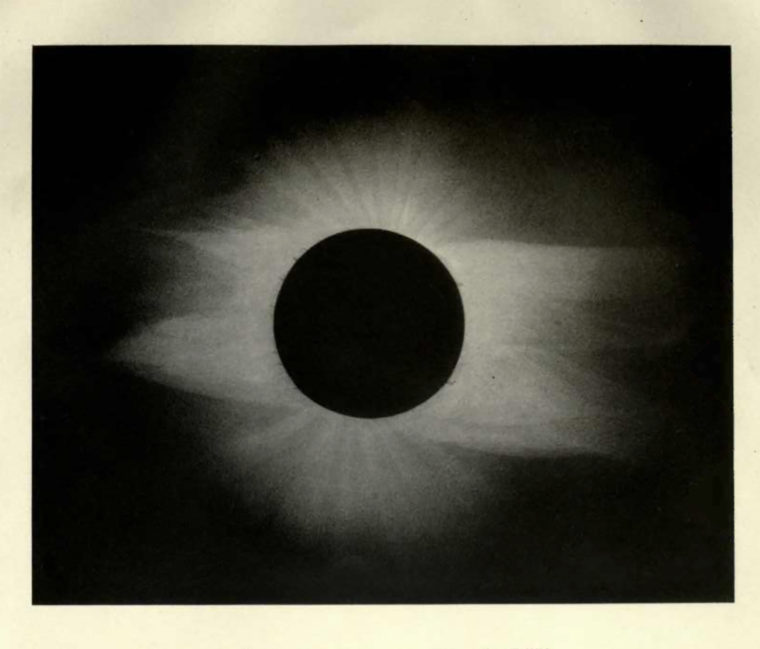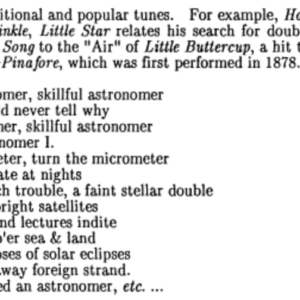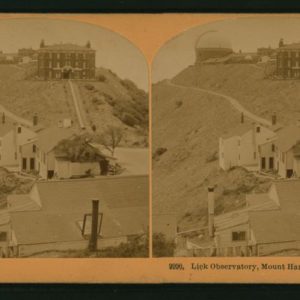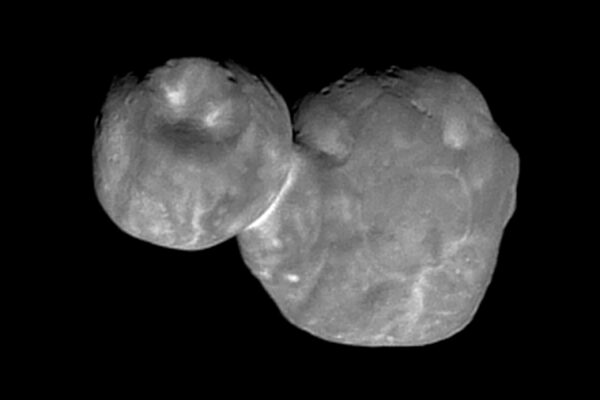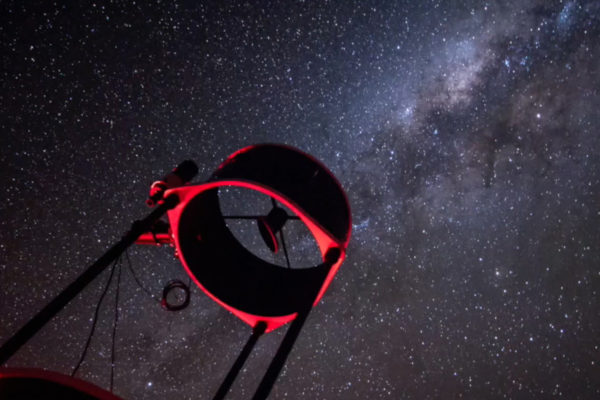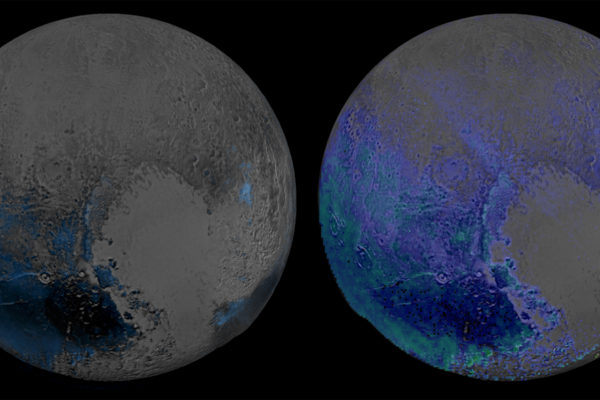Long before GPS satellites, atomic clocks and the NASA space program, Washington University in St. Louis astronomers played a central role in the scientific observation of total solar eclipses — including a search for the elusive planet Vulcan in the late 1800s.
Those precious few minutes of darkness were much the same as the ones dimming areas a little south of the Danforth Campus in the path of totality Aug. 21, 2017. But technologically and scientifically, they were vastly different.
Holden and the eclipse of 1883
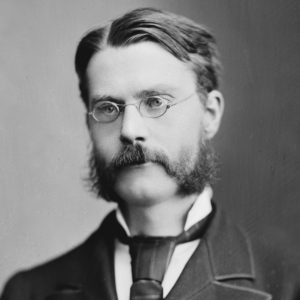
Among the more notable eclipse chasers of the era was Edward Singleton Holden, a St. Louisan who graduated with a bachelor of science degree from Washington University in 1866.
Holden would eventually become one of the first chancellors of the University of California and the first director of its prestigious Lick Observatory, then home to the most powerful telescope in the world.
Along the way, he organized (and often joined) many of the nation’s most important eclipse expeditions, including an epic 101-day, round-trip voyage across the Pacific Ocean to observe the total solar eclipse of May 6, 1883, from the remote shores of the Caroline Islands.
To view this eclipse, which lasted about six minutes, Holden and his expedition hitched rides on several ships, including the U.S.S. Hartford. They sailed from New York through the Panama Canal, then south to the coast of Peru, before following the equator west some 4,000 miles to reach the Carolines, a cluster of tiny coral atolls just east of the Philippines.
Upon arriving, Holden learned the island where they stopped was inhabited by four native men, two women and two children. His party — scientists from England and volunteers from the U.S.S. Hartford’s crew — was soon joined by another expedition from France, which swelled the tiny islands population to more than 50.
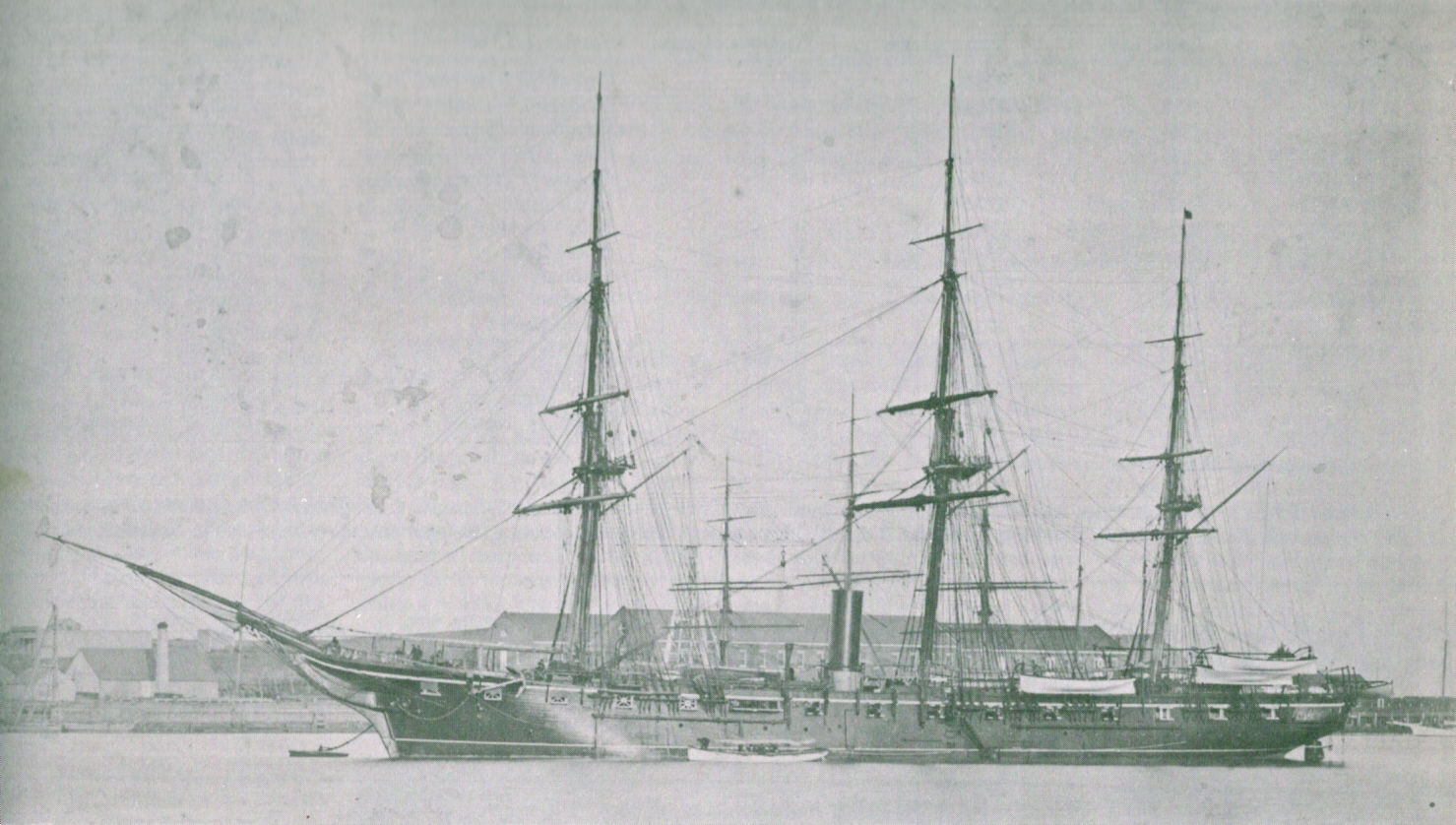
The U.S.S. Hartford of the U.S. Navy at Mare Island Navy Yard, Vallejo, California. Public Domain via Wikipedia Commons.
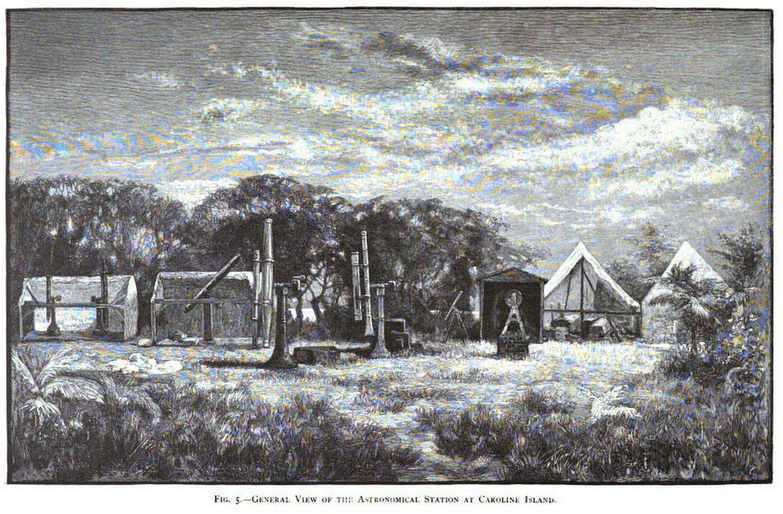
The sailors brought ashore boxes of equipment, lumber and bricks, and they helped to construct piers for the scientific instruments. They slept in tents and on hammocks strung on the wide veranda of one of the island’s two small houses.
Holden’s detailed report of the expedition, published by the National Academy of Sciences, includes a thorough analysis of the eclipse observations (as well as the encampment photo above). But it also offers a rich, Darwinesque account of the island’s history, fauna and early inhabitants.
Holden’s expedition to the Carolines illustrates the great lengths that astronomers of his era would go for the opportunity to observe the mysteries of the universe during a total solar eclipse, a fleeting few minutes of darkness when the best available telescopes and cameras might have a better chance of spying some new secret of distant stars and planets. However, the overriding allure through history has been and is the education provided about the sun itself: its corona, its magnetic field lines interacting, the plasma in the atmosphere.
Chauvenet and the search for planet Vulcan
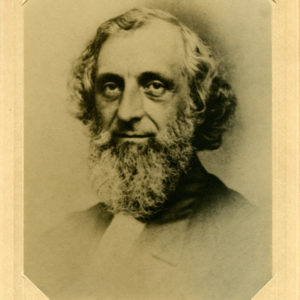
Washington University’s focus on astronomy dates to its second chancellor, William Chauvenet, a Yale graduate who was instrumental in establishing the U.S. Naval Academy in 1845. One of the first American scientists to win wide recognition abroad, Chauvenet led creation of the Naval Academy’s astronomical observatory before joining Washington University as a professor of mathematics in 1859.
In that same year, the well-regarded French astronomer Urbain Le Verrier published a study suggesting that a small aberration in the elliptical orbit of Mercury had to be caused by the gravitational pull of a small unknown planet in its vicinity, a planet he named Vulcan.
Based on calculations derived from Sir Isaac Newton’s laws of motion and gravitation, Le Verrier’s hypothetical planet was hailed by The New York Times as one of the great discoveries of the century. La Verrier’s assertions about Vulcan were especially credible since he had recently predicted the existence and position of Neptune using only mathematics.
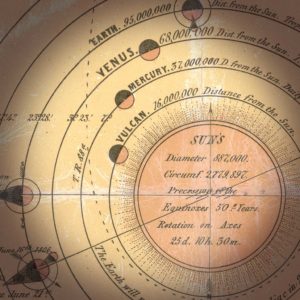
Soon, professional and amateur astronomers from around the globe were caught up in a frenzied effort to spot the mysterious planet Vulcan, a scientific quest best pursued while the observer is immersed in the darkness of a total solar eclipse.
The scientific findings (and wild speculations) of astronomers from around the world were closely reported (and hotly debated) in major daily newspapers. Arguments over competing planetary theories captured the interest and fascination of the general public.
Chauvenet, who served as university chancellor until 1869 when he resigned due to a lung ailment, greatly expanded the university’s faculty and programs and led the establishment of a small astronomical observatory on campus, then located on 18th Street in Downtown St. Louis.
The observatory’s six-inch refractor telescope, purchased with a donation from St. Louis philanthropist James Yeatman, was first installed in 1863, the same year that Chauvenet published his widely-acclaimed “Treatise on Spherical and Practical Astronomy.” (1) (2)
In 1878, Washington University professors J.K. Rees and W.H. Pulsifer joined a team from Harvard University on an expedition to observe a total solar eclipse from a location near Fort Worth, Texas. Other observatories sent scientific expeditions to mountainous locations along a band of totality that stretched north through Colorado, Wyoming and Montana, including a party based near the summit of Pike’s Peak. (3)
While St. Louis was far to the east of totality for the 1878 eclipse, St. Louis newspapers reported that “local people were thrilled by the partial obscuration they saw, and they thronged around Washington University where telescopes were trained on the Sun.”
Immediately following the eclipse, the St. Louis Evening Post put out a second edition compiling early reports from observations in the West. Holden’s U.S. Naval Observatory expedition, which had observed the eclipse from Colorado, reported no sightings of the Planet Vulcan.
Pritchett and St. Louis Time
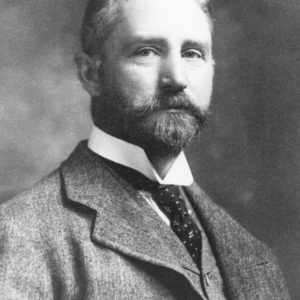
In 1883, Henry S. Pritchett, a rising star in the field, joined Washington University as a professor of mathematics and astronomy and as director of the university observatory. Born in Fayette, Missouri, he studied astronomy at the U.S. Naval Observatory and served as lead astronomer on an 1882 expedition to New Zealand to observe the transit of Venus.
At Washington University, Pritchett became known for his prowess in predicting the precise path of totality over which a solar eclipse’s shadow would fall as it progressed around the globe.
Under Pritchett’s leadership, the Washington University observatory expanded its role as the official timekeeper for the central time zone of the United States, then known as “St. Louis Time.”
Each night, Pritchett’s assistant would use the observatory’s transit to study the “clock stars” and tap out a series of telegraph signals that allowed clocks across the Midwest to be synchronized to within a tenth of a second. St. Louis Time signals were often passed along to cities in other time zones.
Described as a small “brick structure, probably 16 feet square and 15 feet high, surmounted by an iron dome,” the observatory was lauded in a July 29, 1888, feature in the St. Louis Post-Dispatch.
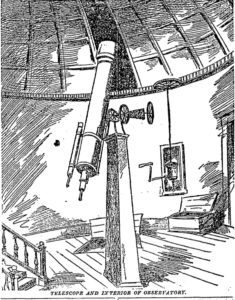
“This little building,” the article continued, “is the astronomical observatory of the Washington University and in one department, it is of more importance, more really actual, practical and applicable use than anything of its kind on the surface of the globe.
“… this observatory enables the railroad trains traveling over more than one-third of the territory of the United States to run on time. It regulates the clocks of more than half the cities of the country, and, were it not for the nightly observations taken there, our watches would be sadly awry and our household clocks irreparably unreliable.”
Pritchett also was an early expert on calculating longitude and latitude to determine the exact location of places on the Earth’s surface, and the university observatory soon began offering a geodetic service as well.
According to an Alexander Langsdorf’s history of Washington University, the campus observatory under Pritchett’s direction “probably made more determinations of longitude than at any other single station in the United States, and perhaps the world.”
Pritchett’s skills were in high demand among eclipse observers because the science relied heavily on precise measurements of observation time and place. By placing a precise location and time stamp on scientific observations from various vantage points along the path of totality, the findings could later be compared to tease out new knowledge about the workings of the universe.
Holden and other leading astronomers consulted Pritchett as they planned for forthcoming expeditions, collaborating to ensure that total eclipse observers would be scattered across the globe in the best possible vantage points.
Clouds open, no trace of Vulcan
Washington University’s best-documented expedition party may be a trip taken to observe a total solar eclipse scheduled to sweep across the western United States on New Year’s Day, 1889. A detailed scientific report on the trip (excerpts below) was later published by the Academy of Science of St. Louis and is now available for viewing online and as part of the observatory and William H. Roever collections in University Archives.
Led by Pritchett, the party included: Washington University professors Francis E. Nipher of physics and Edmund A. Engler of mathematics; Saint Louis University astronomy professor Father Charles Charroppin, S.J.; and Senor F. Valle of the National Observatory of Mexico.
Since Congress had failed to appropriate money for the observations of this eclipse, the university defrayed costs with donations from St. Louis business and community leaders, including Robert S. Brookings and Adolphus Busch. A half-dozen railroad executives covered the party’s train travel expenses, including the delivery of its astronomy equipment, much of which had been borrowed from other astronomers and observatories.
Although the Washington University party had expected to join forces with a team from Harvard based at Willows, California, they shifted plans midstream after meeting California Sen. John Boggs on the train. Boggs invited them to set up in the cottage of a friend near his country home in Norman, California, and provided them with lumber to construct their temporary observatory.
On the day of the eclipse, it appeared that the expedition would be doomed by the bane of all eclipse chasers: bad weather.
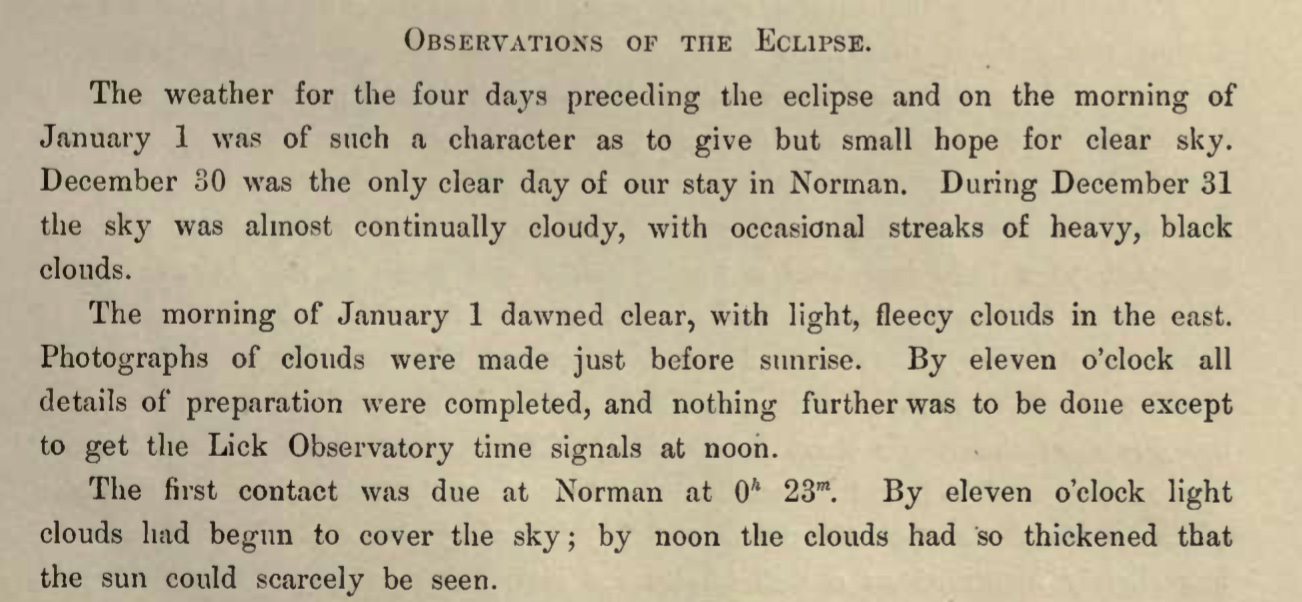
Dark clouds continued to obscure the sun for more than an hour after the moon’s calculated first contact. Then, as if on cue, the clouds broke and the skies remained clear for the duration of the eclipse, providing perfect conditions for the intended photos of the sun’s corona during totality.
Nipher and his timekeeping assistant, who had practiced their eclipse photography drill for several days prior, were now rushing to capture photos of the eclipse using an equatorial camera borrowed from the U.S. Naval Observatory.
Since the instrument was limited to seven photographic plates, and each plate required a precise exposure time, the team worked in tandem powered by the beat of a metronome to complete seven exposures — ranging in length from a half-second to 30 seconds — within the short window of totality.


Pritchett, meanwhile, was overseeing the work of two other telescopes. One was for observing the formation of “Bailey’s Beads,” as the Sun’s corona emerged from around the moon’s edge during totality. The other was to make yet another scan for the still-unconfirmed planet Vulcan.
As Pritchett noted in his report, he had been unable to locate the planet during his own observations of an eclipse from Las Animas, Colorado, in 1878. Nor had Holden observed the planet during the especially long-duration, 1883 total eclipse from the Caroline Islands.
Pritchett would not see the planet during his 1889 observations from California, either. But he did find a moment near the end of totality to observe the odd behavior of a huge flock of geese feeding nearby.
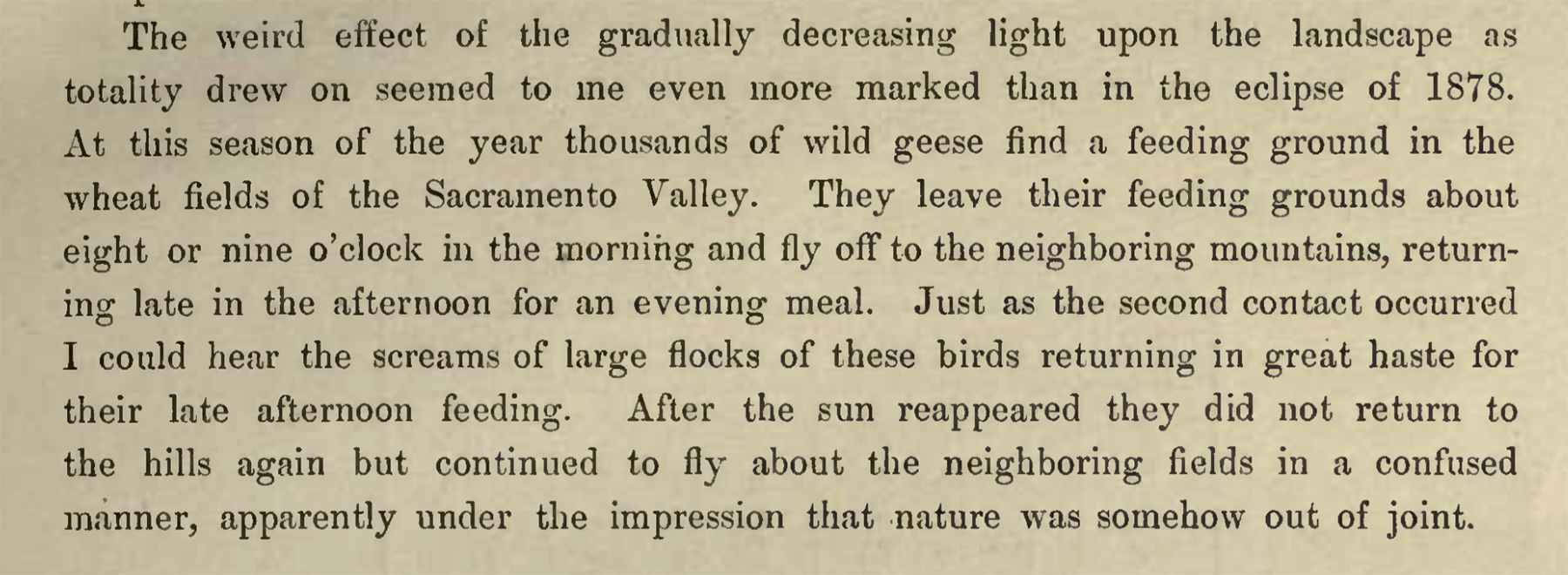
Epilogue
While the Washington University eclipse expeditions are not credited with major scientific breakthroughs, their ongoing contributions became an important part of the world’s growing understanding of astronomical phenomena.
Although history seldom remembers the scientists who discover that something does not exist, the observations of Holden and Pritchett helped raise credible concerns about planet Vulcan and the use of Newtonian theories to argue for its existence.
The Vulcan mystery would remain unsolved until the total solar eclipse of 1919, when Albert Einstein’s new theory of general relativity was used to fully explain the physical forces causing the aberration in Mercury’s orbit. Thus ended once-and-for-all the decades-long scientific quest for Vulcan.
